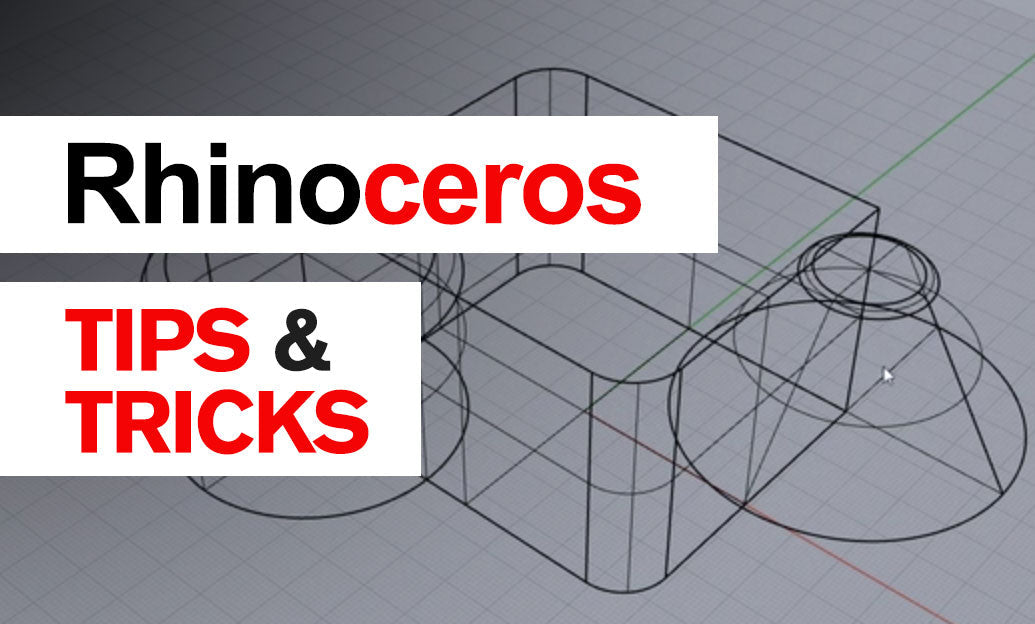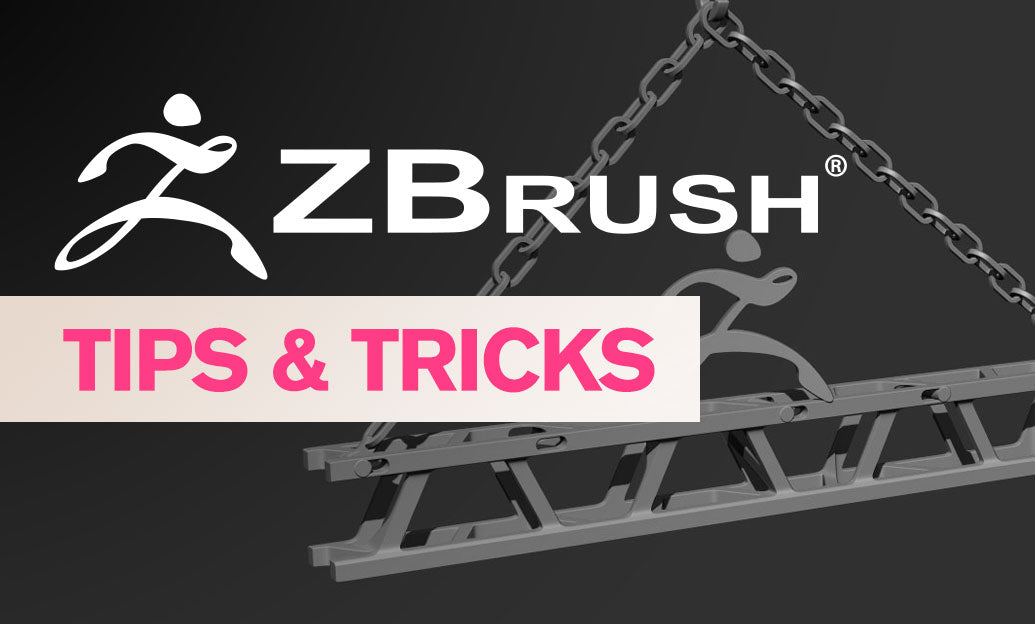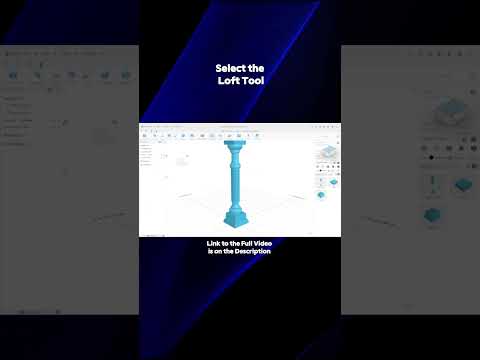Your Cart is Empty
Customer Testimonials
-
"Great customer service. The folks at Novedge were super helpful in navigating a somewhat complicated order including software upgrades and serial numbers in various stages of inactivity. They were friendly and helpful throughout the process.."
Ruben Ruckmark
"Quick & very helpful. We have been using Novedge for years and are very happy with their quick service when we need to make a purchase and excellent support resolving any issues."
Will Woodson
"Scott is the best. He reminds me about subscriptions dates, guides me in the correct direction for updates. He always responds promptly to me. He is literally the reason I continue to work with Novedge and will do so in the future."
Edward Mchugh
"Calvin Lok is “the man”. After my purchase of Sketchup 2021, he called me and provided step-by-step instructions to ease me through difficulties I was having with the setup of my new software."
Mike Borzage
Rhino 3D Tip: Best Practices for Importing CAD Files into Rhino 3D
January 09, 2025 2 min read

Importing CAD files into Rhino can significantly streamline your workflow by allowing you to leverage existing designs and collaborate effectively with users of other CAD software. Understanding the import process and optimizing your settings ensures a smooth transition and accurate representation of the imported data.
Here are some best practices for importing CAD files into Rhino:
- Select the Appropriate File Format: Rhino supports various CAD file formats, including DWG, DXF, IGES, STEP, and more. Choose the format that best preserves the data and geometry you need.
- Check Units and Scale: Before importing, verify the units used in the original file. In Rhino, navigate to File > Properties > Units to set the correct units for your project. This ensures that the imported geometry scales correctly.
-
Use the Import Command: To import a CAD file, go to File > Import, then select your file. Alternatively, you can type
Importin the command line. Rhino will prompt you with import options specific to the file type. -
Adjust Import Settings: Pay attention to the import options:
- For DWG/DXF files:
- Choose whether to read layers, blocks, linetypes, and hatch patterns.
- Set scaling options and unit conversions if necessary.
- For IGES/STEP files:
- Adjust surface joining tolerance to ensure surfaces are properly joined.
- Select options for importing solids versus surfaces.
- For DWG/DXF files:
-
Manage Layers and Blocks: Imported files may have complex layer structures and block definitions. Use Rhino's Layer Manager to:
- Organize layers for better visibility and editing.
- Rename or combine layers to simplify the model.
- Explode blocks if modifications are needed on individual components.
-
Inspect and Repair Geometry: After importing:
- Use
SelBadObjectsto identify any problematic geometry. - Apply the
RebuildEdgescommand to fix edge tolerances. - Utilize
JoinandMatchSrfto repair and align surfaces.
- Use
-
Optimize Meshes and Surfaces: If the imported file contains mesh geometry:
- Use
MeshToNURBto convert meshes to NURBS surfaces for easier editing. - Apply
ReduceMeshto simplify overly complex meshes.
- Use
-
Verify Model Accuracy: Check critical dimensions and angles to ensure the imported geometry aligns with your project's requirements. Use Rhino's measurement tools like
Distance,Angle, andAnalyzecommands. - Save and Backup Files: Once satisfied with the imported data, save your Rhino file. Consider using incremental saves (e.g., Project_v1.3dm, Project_v2.3dm) to track changes over time.
By carefully managing the import process, you maintain the integrity of your models and set a solid foundation for your design work in Rhino.
For more tips on maximizing Rhino's capabilities or to explore plugins that can enhance your workflow, visit NOVEDGE, the leading online store for design software. They offer a wide range of products and expert advice to support your projects.
Enhance your Rhino experience and ensure seamless collaboration by mastering the art of importing CAD files. Happy modeling!
You can find all the Rhino products on the NOVEDGE web site at this page.
Also in Design News

💎 Rhino Artisan Arrives in Turkey: Revolutionizing Jewelry Design
February 27, 2025 1 min read
Read More
ZBrush Tip: Mastering Curve Surface for Unique Textures in ZBrush
February 27, 2025 2 min read
Read MoreSubscribe
Sign up to get the latest on sales, new releases and more …



